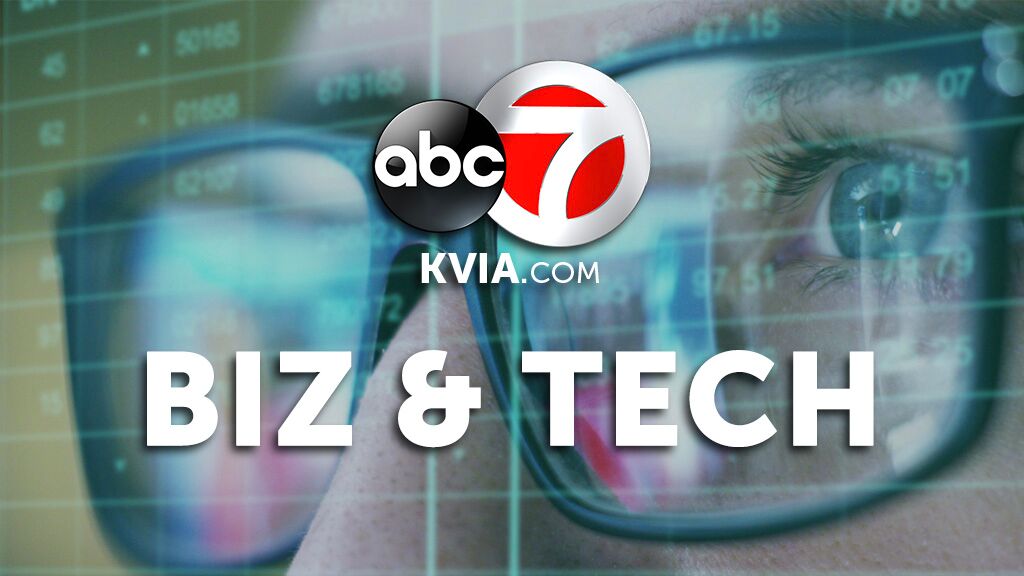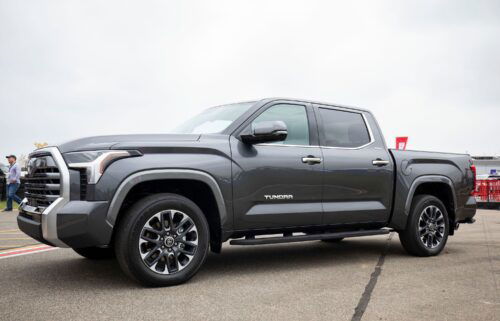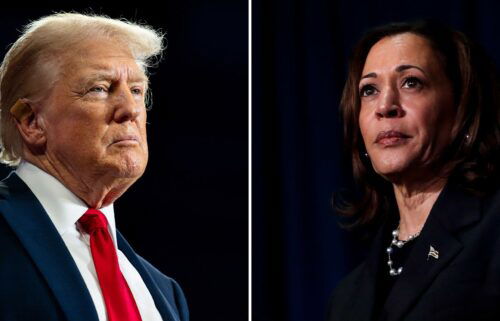SpaceX test fires Crew Dragon spacecraft ahead of first astronaut mission

SpaceX’s Crew Dragon spacecraft test fired its emergency abort engines this week, indicating the vehicle could soon be ready for its final dress rehearsal before launching NASA astronauts into space.
The test fire involved strapping the capsule to the ground while lighting up its emergency abort engines in quick succession. It was designed to simulate how the spacecraft would propel itself away from danger should a rocket misfire on the way to orbit.
SpaceX, Elon Musk’s rocket company, had conducted a similar ground test in April when Crew Dragon exploded, putting the spacecraft further behind schedule. The company worked with NASA on a months-long investigation and redesigned parts of the abort system that triggered the explosion.
Wednesday’s test run, which NASA confirmed in a blog post, appeared to go off without a hitch.
“SpaceX and NASA will now review the data from today’s test, perform detailed hardware inspections, and establish a target launch date for the In-Flight Abort Test,” the post reads.
The In-Flight Abort Test will be a final, key milestone in Crew Dragon’s development. The craft will launch atop one of SpaceX’s Falcon 9 rockets and then run through the entire abort sequence by breaking away from the rocket, firing its on-board engines and parachuting to a landing.
Crew Dragon is equipped with two sets of engines: A group of 16 “Draco” thrusters handle all the precise maneuvering while the craft is in orbit. And, during an emergency abort, they would also help keep the spacecraft oriented while it plunges toward Earth. The other eight “SuperDraco” engines are designed specifically to propel the vehicle away from a malfunctioning rocket.
Crew Dragon could be ready for the big show shortly after SpaceX completes the in-flight abort test. NASA astronauts Bob Behnken and Doug Hurley are slated to fly to the International Space Station aboard the capsule marking the first time SpaceX has ever flown humans.
And, depending on when Boeing’s Starliner capsule is ready for flight, it could mark the first time people have launched to space from US soil in nearly a decade.
NASA asked the private sector to develop crew-worthy spacecraft to replace the Space Shuttle program after it was retired in 2011. SpaceX was allotted $2.6 billion and Boeing was awarded $4.2 billion in 2014, and the space agency initially predicted their vehicles would be ready to fly astronauts by 2017. But development of both spacecraft has taken years longer than expected.
SpaceX’s Crew Dragon conducted an uncrewed demo mission in May. It launched to orbit, briefly docked with the space station and returned to Earth a few days later. A crewed mission was expected to follow over the summer, but the April explosion derailed that schedule.
Musk told CNN Business’ Rachel Crane recently that SpaceX is “going as fast as we can” to prepare the overdue spacecraft, and he estimated it would be ready to launch astronauts in the first few months of 2020.
Boeing’s Starliner spacecraft completed a test of its emergency abort system last week. That vehicle is also slated to complete an uncrewed test mission to the ISS on December 17.


